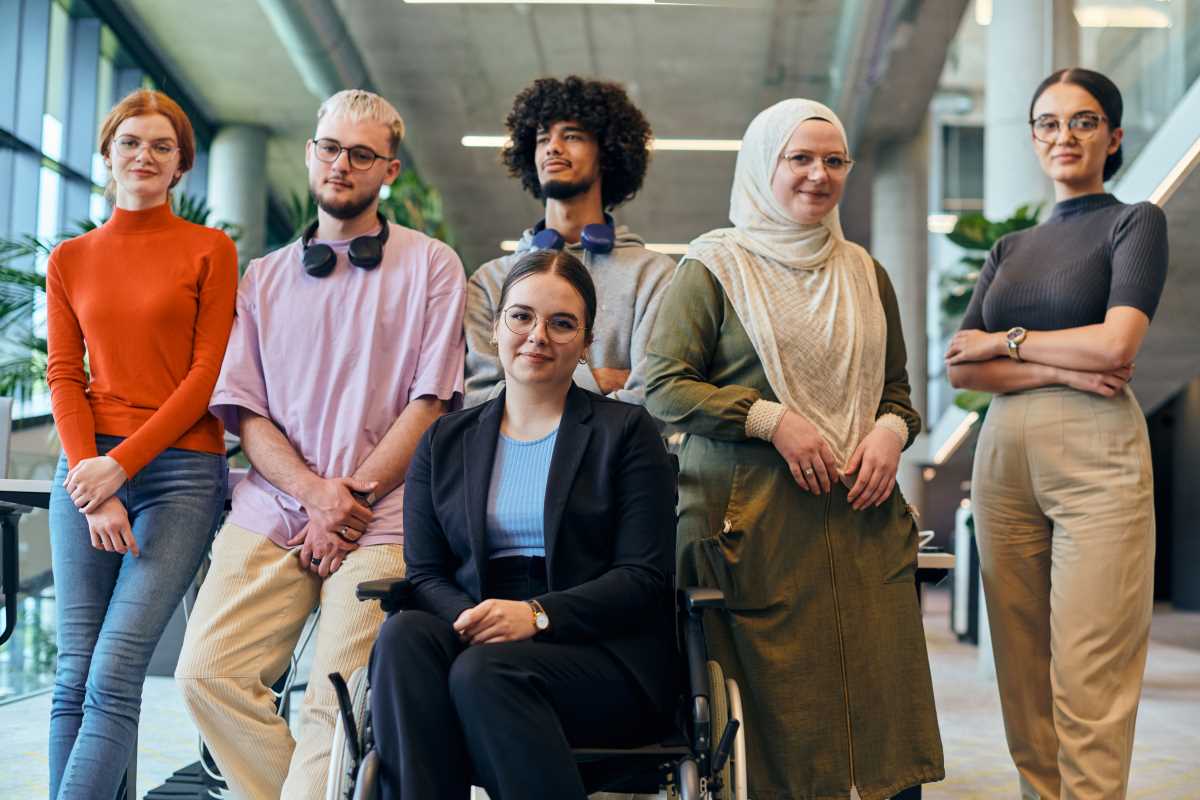A successful multilingual project group relies heavily on creating an environment where every member feels truly understood. Navigating the diverse landscape of languages and cultures within the team can present unexpected hurdles. These challenges can influence how the team interacts and, ultimately, the results they achieve together. When everyone embraces these differences and communicates effectively, the group can overcome potential barriers and work toward a shared goal. Ensuring that communication remains clear and inclusive allows the team to harness their collective strengths, turning what might initially seem like obstacles into opportunities for growth and innovation.
Team members who work in diverse teams experience moments of brilliance when new ideas merge, yet misunderstandings caused by cultural and linguistic differences can quickly slow progress. Addressing these issues openly and creatively helps create an environment where diverse insights truly shine.
Building Bridges in Diverse Work Environments
Working together across cultures presents both challenges and opportunities. Misinterpretations and assumptions can lead to confusion, but clear dialogue and respect for cultural nuances can significantly improve the quality of collaboration. A team that understands its differences builds a foundation for lasting success.
Consider the following points that highlight real-world challenges and benefits:
- Language inconsistencies that slow down decision making
- Cultural etiquette that influences meeting styles and feedback
- Different problem-solving approaches offering fresh perspectives
- Enhanced team creativity when diverse viewpoints are embraced
Common Communication Pitfalls
Many teams struggle with communication issues that seem to repeat themselves until they are directly addressed. When team members recognize recurring pitfalls, they can adjust their habits and develop more mindful interactions.
The following list outlines common pitfalls alongside practical solutions:
- Assuming everyone interprets words the same way – clarify terms and provide context during discussions.
- Failing to actively listen – encourage team members to restate what they've heard to avoid confusion.
- Relying on a single communication channel – mix up emails, calls, and face-to-face virtual chats to maintain engagement.
- Not adapting to cultural differences – take time to learn about colleagues’ backgrounds and communication styles in order to tailor your approach.
Top Cross-Cultural Communication Hacks
Building bridges between cultures is both an art and a science. While good intentions matter, practical steps make the difference. Here are several actionable hacks to strengthen communication and foster genuine collaboration within multilingual teams:
- Host “Culture Swap” Sessions. Set aside a few minutes during team meetings for members to share a cultural tradition, favorite holiday, or unique saying from their background. These moments of sharing spark curiosity, promote empathy, and help everyone see the world through a wider lens.
- Create a Shared Digital Glossary. Language barriers can slow a team down. Start a living glossary of commonly used terms, industry jargon, and project-specific phrases in a shared document. Invite team members to update it regularly—this not only prevents confusion but also helps newcomers integrate quickly.
- Rotate Meeting Leaders. Let every team member take a turn leading discussions or meetings. This rotation helps flatten hierarchies, builds empathy for language challenges, and encourages everyone to practice active listening and clear communication.
- Visualize Key Points. Don’t rely on words alone. Use infographics, diagrams, and charts to reinforce complex ideas. Visual aids help team members grasp information quickly and are especially valuable when working across multiple languages.
- Implement a “Question Pause”. Designate a moment in every meeting for clarifying questions—no matter how simple. Encourage everyone to ask for repetition or further explanation without hesitation. This practice creates a supportive atmosphere where everyone feels comfortable seeking clarity.
- Celebrate Language Diversity. Begin or end meetings by inviting team members to share greetings or short phrases from their native languages. These small acts show respect for each individual’s heritage and help nurture a more inclusive, welcoming team culture.
By incorporating these cross-cultural communication hacks, your team will find it easier to connect, share ideas, and work productively together—no matter where in the world each member is located.
Leveraging Technology for Seamless Communication
Modern tools can transform the way teams interact. By incorporating video calls, shared workspaces, and project-specific chat groups, teams can reduce misunderstandings and misinterpretations. Many platforms now offer features that simplify translation and clarification, making global teamwork easier and more accessible.
Tools that enhance cross-cultural communication allow team members to overcome language gaps and focus on problem solving. Embracing these innovations ensures that every voice is heard and respected regardless of language proficiency.
Building Team Trust and Understanding
Regular check-ins, informal connections, and shared daily wins build trust and unity within diverse teams. Activities like virtual coffee breaks and team-building routines create a strong foundation for open communication and smoother collaboration.
Emphasizing clarity and respect in every interaction fosters innovation and quick problem-solving. These habits help teams bridge language and cultural gaps, leading to more effective and cohesive collaboration.
 (Image via
(Image via





